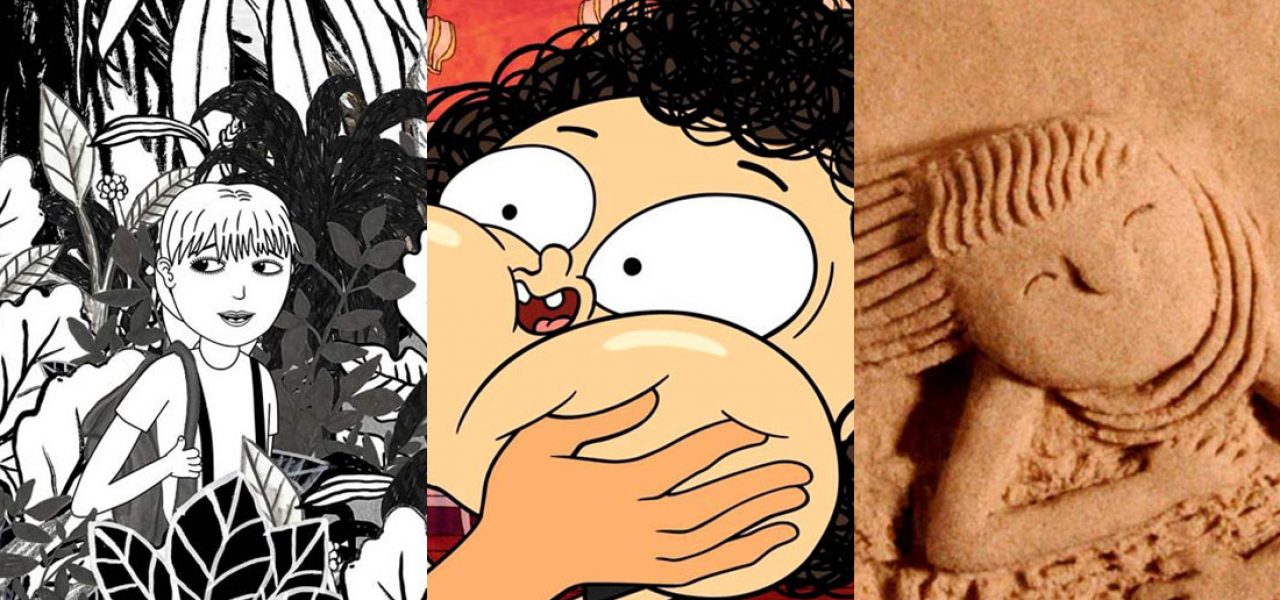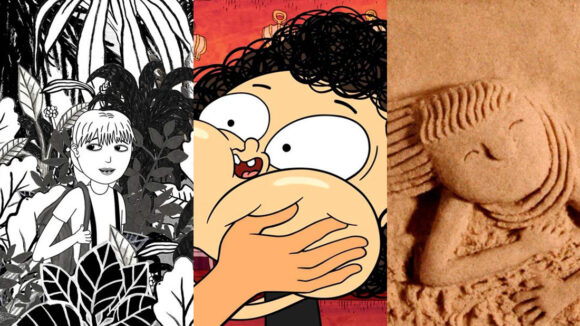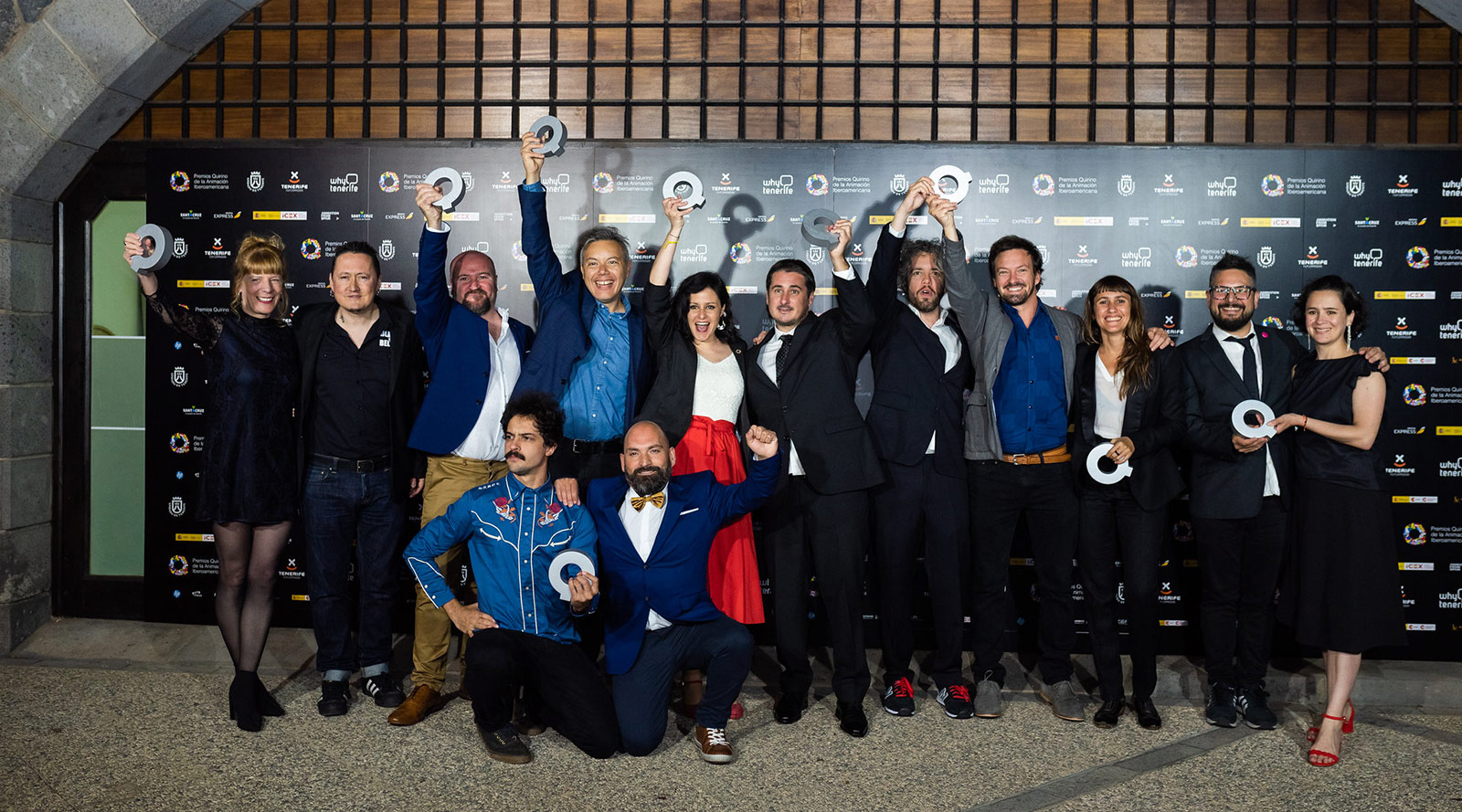

A Report From The 2019 Quirino Awards: ‘Virus Tropical,’ ‘Jorel’s Brother,’ ‘Guaxuma’ Win Top Prizes
Once a crucial way station on the sea routes between Spain and its American colonies, Tenerife is back at the nexus of business between the old world and the new. Blessed with some of Europe’s most generous government incentives, including tax rebates of up to 45%, the sun-kissed Spanish island has transformed itself into a thriving animation hub in a matter of years. It is home to half a dozen animation companies and Bridging the Gap, a week-long workshop for international students. And now, on top of the rest, the Ibero-American Animation Quirino Awards.
As the unwieldy name suggests, the initiative aims to define and honor a common animation culture across Europe’s Iberian countries – Spain, Portugal and tiny Andorra – and Latin America. The awards themselves, the second edition of which took place on Saturday, April 6, are preceded by two days of masterclasses, round tables, academic lectures, screenings and business meetings (some 600 this year alone). Between events, attendees eat, drink, socialize and talk shop against the glittering backdrop of the Atlantic. The overall aim: to capitalize on the boom in animation production in both regions, and foster links across the ocean.
Much like the European Animation Awards, which were inaugurated around the same time, the Quirinos face the challenge of uniting a vast region whose resources and soft power are very unevenly distributed. This imbalance was reflected in the works in contention this year. Out of 23 eligible countries, only 16 submitted anything at all, of which seven received at least one nomination. Spain, one of Europe’s top three producers of animation, dominated the list: it produced or co-produced 13 of the 25 nominated projects. Brazil – Latin America’s powerhouse – came next with seven.

When it came to the actual prizegiving, though, the balance shifted. There were nine awards, covering features, shorts, television series and “innovative works” (videogames, augmented reality, etc). Latin American countries scooped six, including all the most prestigious ones. The ceremony opened with a prize for Guaxuma in the best short film category. Filmmaker Nara Normande has worked in both stop motion and live action. Here, she mixes media to tell the story of her halcyon upbringing on a Brazilian beach, and the tragedy that followed. The film was co-produced with French studio Les Valseurs, as Normande couldn’t find the right people to create its exquisite sand animation in her homeland.
Rites of passage, traumas at a tender age: these are themes that Guaxuma shared with many nominees. Another example is Colombia’s Virus Tropical, which was named best feature, beating festival darlings like Another Day of Life and Tito and the Birds. Santiago Caicedo’s film is a bracing black-and-white adaptation of Power Paola’s eponymous graphic novel, an account of her coming of age in Colombia and Ecuador. It is often compared to Persepolis. But whereas that film foregrounds the threats of war and repression in Iran, this one relegates Colombian society’s conflicts to the fringes. Paola is more affected by schoolyard mockery of her Ecuadorian accent than by any gang violence. “This is for all the boys and girls who dare to be themselves,” said Caicedo at the podium, before paying tribute to the women involved with the film.
Brazil notched another victory with Jorel’s Brother, which won the best series award. The show follows the travails of a shy young boy who remains nameless, overshadowed as he is by his more popular sibling. It is every bit as zany and dynamic as its creator, Juliano Enrico; it bears the stamp of Dexter’s Laboratory and Cow and Chicken. No wonder, then, that it’s co-produced by Cartoon Network Latin America. The episodes themselves are almost entirely made in Rio de Janeiro’s Copa Studio.
The other series to triumph on the night was Paper Port, a co-production between state and private broadcasters in Chile, Brazil, Argentina and Colombia. Made at Zumbastico Studios, a veteran of the Chilean animation scene, the show stands out for its unusual visual style: a papercraft-digital hybrid which the studio calls “Papermotion.” It was a deserving winner of the award for best animation design.
Spanish productions picked up trophies for Black Is Beltza (best sound and music), The Amazing Story of the Man that Could Fly and Didn’t Know How (best commissioned film) and Patchwork (best student film). The last is a touching narrative about a woman who receives a liver transplant, told from the perspective of the deceased donor. The short was made at the Polytechnic University of Valencia; director María Manero Muro was trained in the fine arts, and her background is reflected in the film’s eclectic aesthetic.
In the innovative category, the award went to Argentina’s Belisario – The Little Big Hero of the Cosmos. The film is a fantastical retelling of the true story of a mouse sent into space by the country’s space program. Made for $3,000, it has become a sleeper hit at a planetarium near Buenos Aires, where it is screened as a 360-degree installation.
An even more unusual prizewinner was The Wolf House, a haunting Chilean stop-motion feature which was honored for its visual development. It plays like an extended Svankmajer dreamscape, full of oblique references to disturbances both political and psychological.
The awards are named after Quirino Cristiani, the Argentine who made the world’s first ever animated feature, El Apóstol (1917). Cristiani’s works were cutting political satires; his spirit was channeled in the ceremony, where several speeches addressed pressing sociopolitical issues. Collecting her prize for Guaxuma, Normande decried Brazil’s new President Jair Bolsonaro, whom she described as a fascist and an existential threat to the nation’s film industry. Others echoed her sentiments, while Fermin Muguruza, the director of Black Is Beltza, spoke about censorship, “which is like a gag on us in Spain.” Normande also called for more women to direct animation. She has a point: she and Muro were the only female winners of the night.
By the time the audience walked out to the drumming of a local carnival troupe, spirits were high and the sense of mutual support was palpable. And yet, for all its efforts to ensure diversity, the event remains a predominantly Spanish affair. European attendees outweighed Latin Americans by around two to one.
This is perhaps inevitable as long as Tenerife is hosting, and its location and generous sponsorship will be hard to give up. Organizers told Cartoon Brew that they hope to move eventually – they are weighing up the practicalities involved. For now, the Quirino Awards will stay in their idyllic island home, growing in tandem with the industries they so joyously celebrate.
Here is the complete list of winners from the second edition of the awards.
Best Ibero-American Animation Feature Film
- Tropical Virus, directed by Santiago Caicedo. Based on the graphic novel of Powerpaola. Produced by Timbo Estudio (Colombia)
Best Ibero-American Animation Series
- Jorel’s Brother – “Be Broccoli!,” directed by Juliano Enrico. Produced by Copa Studio (Brazil)
Best Ibero-American Animation Short Film
- Guaxuma, directed by Nara Normande. Produced by Vilarejo Filmes, Les Valseurs (Brazil, co-production with France
Best Ibero-American Animation School Short Film
- Patchwork, directed by María Manero Muro. Universidad Politècnica de Valencia (Spain)
Best Ibero-American Animation Commissioned Film
- The Amazing Story of the Man that Could Fly and Didn’t Know How, directed by Manuel Rubio. Produced by Hiru Animation (Spain)
Best Ibero-American Animation Innovative Work
- Belisario – The Little Big Hero of the Cosmos, directed by Hernan Moyano. Produced by Planetario Ciudad De La Plata (Argentina)
Best Visual Development of Ibero-American Animation Work
- The Wolf House. Produced by Diluvio, Globo Rojo (Chile)
Best Animation Design of Ibero-American Animation Work
- Paper Port Season 2 – “The Lives of Others.” Produced by Zumbastico Studios, Gloob, Señal Colombia, Pakapaka (Chile, co-production with Brazil, Colombia, Argentina)
Best Sound Design and Original Music of Ibero-American Animation Work
- Black Is Beltza. Produced by Black is Beltza A.I.E., Talka Records, Set Màgic Audiovisual (Spain)
